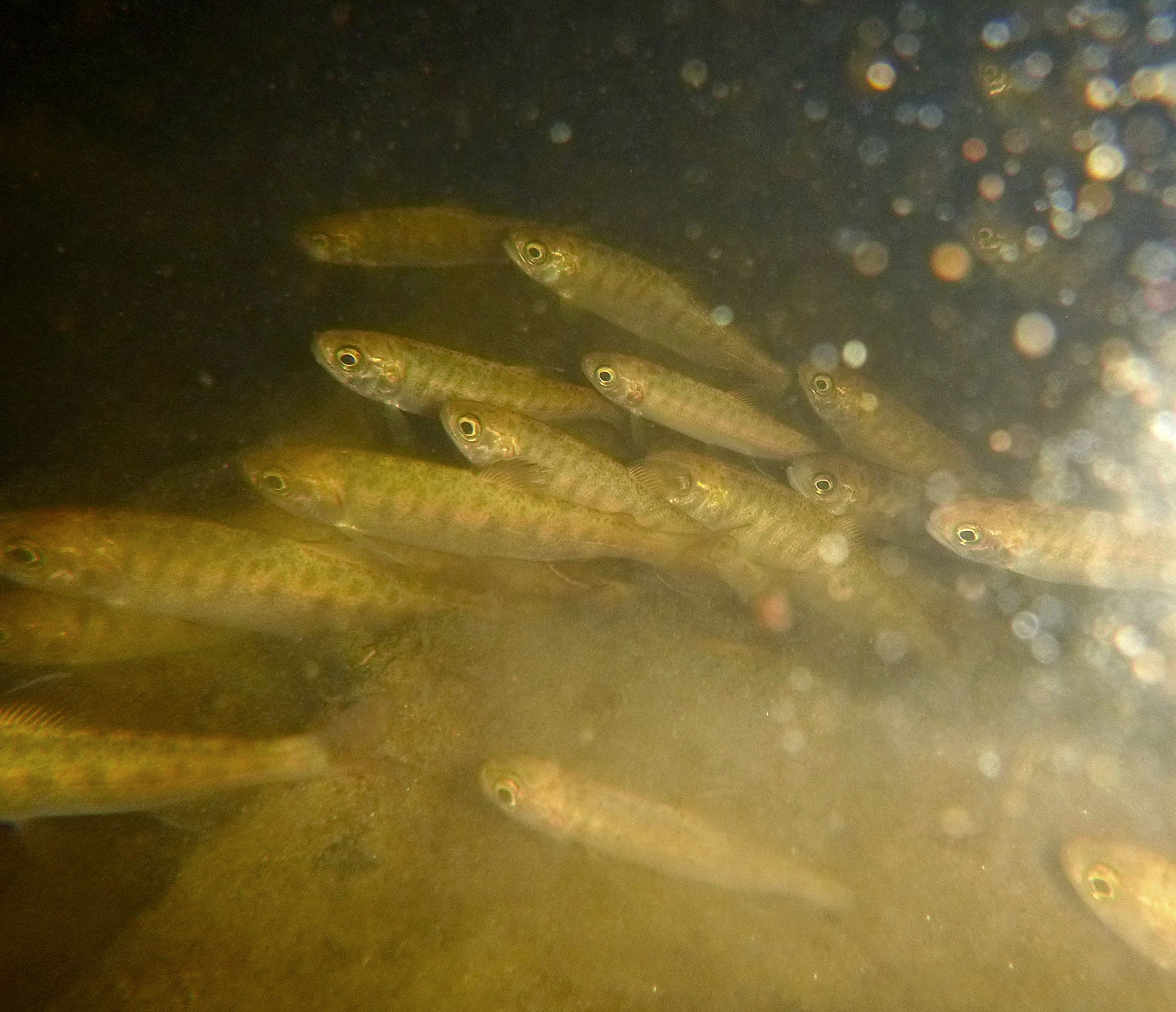Like a phoenix rising from the ashes, the fish lab at Grays Harbor College has been resurrected from an abandoned building to a working fish hatchery. This June it released its first bumper crop of 4,700 Coho salmon into Alder Creek.
The driving force behind the behind the resurrection is Amanda Gunn and her crew of volunteers.
“I started at the college three years ago,” said Gunn, a microbiology instructor at the college. “When I got here the building had been abandoned for about five years.”
Gunn said at first she had only three students to help to get the hatchery up and running. Now, she says she has 10-20 students per day at the fish lab.
“We started from scratch,” Gunn said. “We painted the walls and resurfaced the floors.”
In addition to cosmetics there was a ton of work to do to equip the facility for its first run of salmon fry, including preparing the incubator and scrubbing down the rearing troughs.
Last November the facility was finally ready to receive its first 5,000 Coho salmon eggs from the State. Gunn admits she was unsure what the results of the first run would be
“I didn’t know what kind of success to expect, but we got 4,700 healthy fry from those eggs,” she said. “We could raise a lot more than that but we want to remain low impact with high education value.”
The eggs hatched and grew into fingerlings up to three to four inches long before they were released into Alder Creek . From there, Gunn said, the fish will find juvenile habitats for a year until they travel down the Chehalis River to the Pacific Ocean.
“Hopefully they will be back in about five years,” she said.
When the spawning adults return, they will be at the end of their life cycles. Those that make it all the way back to the hatchery will be milted. Milting is a hands-on process where the eggs are fertilized within the lab, thus making the hatchery a supplier of its own eggs for future runs.
Gunn arrived in the Harbor three years ago from her work at three southern California colleges as the Director of Integrated Science Laboratories. It was a totally different environment from the Harbor, she said.
“I had never even seen a salmon or deer until I came here,” she admitted.
In addition to the local wildlife, Gunn said she also appreciates that her students here are much more in tune with the environment.
”One of the things I like about the area is that everybody is an ecologist,” she said. “People live outdoor lives and there is a connection between their own experience and science. Students ju st getting into the project say ‘that’s what I want to do every day.’”
Gunn too is enthusiastic about getting the hatchery back up and running, and admits, “it’s my life now.”
In a couple months a new batch of fertilized eggs will arrive at the lab, and the life cycle of the salmon will begin all over again. New students too will cycle in to learn from the young fish. It is a partnership that is bound to benefit the future of the Harbor.



